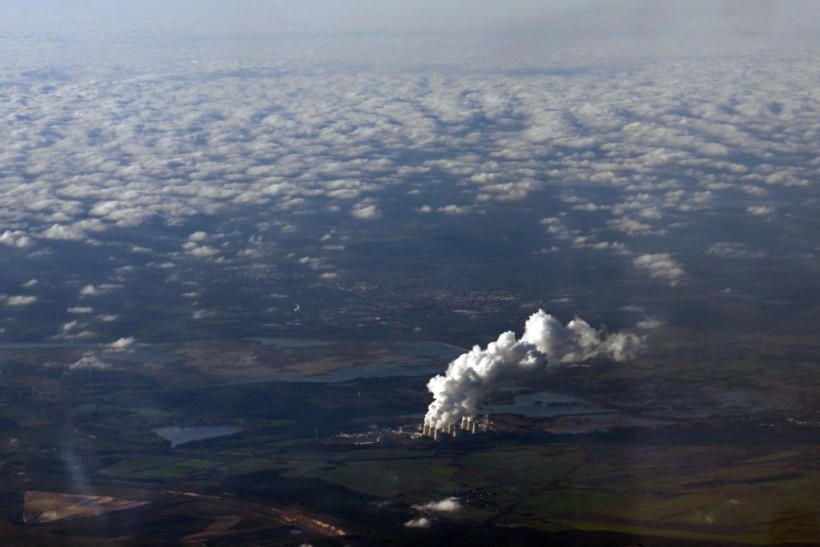Biomass burning is a major source of air pollution that affects the health and climate of millions of people around the world.
One of the pollutants emitted by biomass burning is brown carbon, a type of organic aerosol that absorbs sunlight and contributes to atmospheric warming.
Brown carbon is composed of various molecules, some of which are highly toxic and carcinogenic, such as nitroaromatics. But how are these harmful compounds formed in biomass smoke?
A recent study by researchers from the University of California, Irvine, and the University of Montana has shed some light on this question.
The Role of Nitrogen in Brown Carbon Formation
 (Photo : INA FASSBENDER/AFP via Getty Images)
(Photo : INA FASSBENDER/AFP via Getty Images)

The researchers conducted laboratory experiments to simulate the combustion of different types of biomass, such as pine needles, grass, and peat.
They collected the smoke particles on filters and analyzed their chemical composition using high-performance liquid chromatography and mass spectrometry.
They found that the amount and type of brown carbon molecules varied depending on the fuel type and the combustion conditions, such as temperature and oxygen availability.
One of the key factors that influenced the formation of brown carbon was the presence of nitrogen in the biomass.
Nitrogen is an essential element for plant growth, but it can also react with organic compounds during combustion to form nitroaromatics, which are known to be highly toxic and mutagenic.
Nitroaromatics are also strong light absorbers, making them important contributors to the optical properties of brown carbon.
The researchers found that the highest levels of nitroaromatics were observed in the smoke from peat, which is a type of soil rich in organic matter and nitrogen.
Peat fires are common in boreal regions and tropical wetlands, and they can smolder for long periods, producing large amounts of smoke.
The researchers also found that nitroaromatics were more abundant in the smoke from low-temperature and low-oxygen combustion, which are typical of smoldering fires.
Also Read: Weather Patterns Influence Insect Biomass Fluctuations, Study Finds
The Implications for Air Quality and Climate
The study provides new insights into the molecular chemistry of brown carbon and its dependence on the fuel type and the combustion conditions.
This information can help improve the models that predict the emission and evolution of brown carbon in the atmosphere, and its effects on air quality and climate.
Brown carbon can have significant impacts on human health and the environment, especially in regions where biomass burning is prevalent.
For example, brown carbon can reduce the visibility and increase the exposure to harmful ultraviolet radiation.
It can also affect the formation and properties of clouds, which can influence the precipitation patterns and the radiative balance of the Earth.
The researchers suggested that reducing the emissions of brown carbon from biomass burning can have multiple benefits for society, such as improving air quality, mitigating climate change, and protecting the ecosystems.
They also recommended further studies to explore the sources, transformations, and fates of brown carbon in the atmosphere, and to assess its health and environmental risks.
Related article: Solar-Biomass Hybrid System Meets House Heating Needs for Winters, Research Suggests
© 2024 NatureWorldNews.com All rights reserved. Do not reproduce without permission.

![Tsunami Hazard Zones: New US Map Shows Places at Risk of Flooding and Tsunamis Amid Rising Sea Levels [NOAA]](https://1471793142.rsc.cdn77.org/data/thumbs/full/70325/280/157/50/40/tsunami-hazard-zones-new-us-map-shows-places-at-risk-of-flooding-and-tsunamis-amid-rising-sea-levels-noaa.jpg)



